Introduction
In the realm of culinary delights, braised dishes hold a special place, offering a comforting blend of flavors and textures that are both satisfying and soul-nourishing. Among these, braised pork strips, or “Braised Rou Jiao” in Chinese cuisine, stand out for their tender meat, rich gravy, and the perfect balance of spices. This dish, often associated with festive occasions and family gatherings, is a testament to the art of slow cooking, where time and patience transform simple ingredients into something extraordinary.
In this comprehensive guide, we will delve into the intricacies of how to make braised pork strips, from selecting the right cut of meat to perfecting the braising liquid and achieving that melt-in-your-mouth texture. Whether you’re a seasoned chef or a home cook eager to impress, this journey will equip you with the knowledge and skills necessary to create a dish that is as visually appealing as it is delicious.
Section 1: Understanding the Ingredients
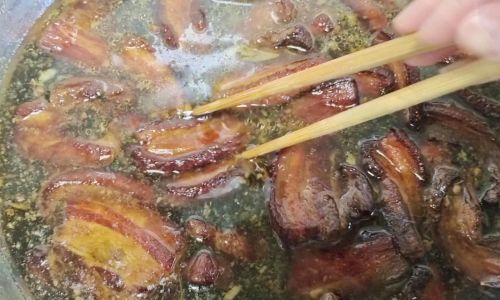
Before diving into the recipe, it’s crucial to understand the role each ingredient plays in the final dish. Braised pork strips are not just about the meat; they are a harmonious blend of flavors derived from a meticulous selection of ingredients.
1 The Star: Pork Belly or Pork Shoulder
The foundation of any braised pork dish is the quality of the meat. For braised pork strips, pork belly or pork shoulder are preferred due to their high fat content and marbling, which contribute to the dish’s rich flavor and tender texture. Pork belly offers a balance of fat and lean meat, while pork shoulder is slightly leaner but still packed with flavor.
When choosing your meat, look for cuts with even layers of fat and meat, ensuring they are fresh and have a good color. Avoid cuts that are overly slim or have too much sinew, as they may not braise well.
2 Aromatics and Seasonings
Aromatics such as ginger, garlic, and scallions are staples in Chinese cuisine and play a vital role in braised dishes. They not only add depth to the flavor but also help to neutralize any unwanted odors from the meat.
Seasonings like soy sauce, Shaoxing wine (or dry sherry as a substitute), dark soy sauce for color, sugar, and a touch of vinegar or rice vinegar balance the sweetness and tanginess, creating a complex and layered taste profile. Star anise, cinnamon sticks, and cloves add warmth and a hint of spice, while a piece of rock sugar helps to caramelize the meat and thicken the sauce naturally.
3 The Braising Liquid
The braising liquid is what transforms the meat from tough to tender. It typically consists of water, stock (chicken or pork), soy sauce, Shaoxing wine, and the aromatic seasonings mentioned above. The liquid should just cover the meat, allowing it to simmer gently without drying out.

Section 2: Preparation Techniques
Proper preparation is key to achieving success with braised pork strips. This includes techniques for handling the meat, preparing the aromatics, and setting up the braising environment.
1 Preparing the Meat
Start by rinsing the meat under cold running water to remove any blood or impurities. Pat it dry with paper towels to prevent splattering during cooking and to ensure the seasoning adheres evenly.
Cut the meat into strips about 2 inches wide and 4-6 inches long. This size allows for even cooking and easy handling. If using pork belly, try to keep the layers of fat and meat intact for a more appealing presentation and flavor.
2 Blanching the Meat
Blanching is a crucial step that helps to tighten the meat’s surface, remove excess fat and impurities, and set the color. Bring a pot of water to a boil, add a few slices of ginger and a splash of Shaoxing wine to the water, then carefully drop in the meat strips. Blanch for about 3-5 minutes, or until the surface turns opaque and any foam or scum rises to the top. Remove the meat with a slotted spoon and rinse under cold water to stop the cooking process. Pat dry again.
3 Preparing the Aromatics
While the meat is blanching, prepare your aromatics. Peel and slice the ginger into thick pieces, crush the garlic slightly to release its oils, and cut the scallions into long sections, keeping the whites and greens separate if desired.
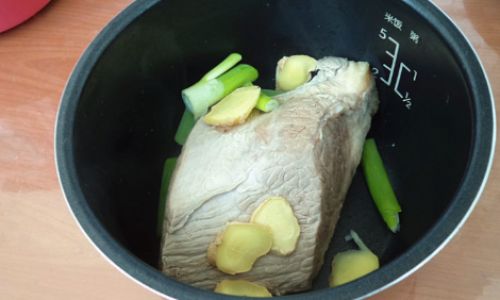
Section 3: The Braising Process
Now, we enter the heart of the recipe – the braising process. This is where patience and attention to detail truly pay off.
1 Searing the Meat
Preheat a heavy-bottomed pot or Dutch oven over medium-high heat. Add a small amount of oil and, once hot, sear the meat strips on all sides until they are golden brown. This not only adds flavor but also helps to create a natural “crust” that will hold the meat’s juices during braising.
Remove the meat from the pot and set it aside. In the same pot, add the sliced ginger, crushed garlic, and white parts of the scallions. Stir-fry until fragrant, about 1-2 minutes.
2 Adding the Seasonings and Liquid
Return the seared meat to the pot, pour in enough water or stock to just cover the meat, and add the soy sauce, Shaoxing wine, dark soy sauce for color, sugar, vinegar, star anise, cinnamon sticks, cloves, and rock sugar. Stir gently to combine, ensuring the seasoning is evenly distributed.
Bring the mixture to a gentle simmer. At this point, you may need to skim off any foam or impurities that rise to the surface for a cleaner final appearance.
3 The Slow Cook
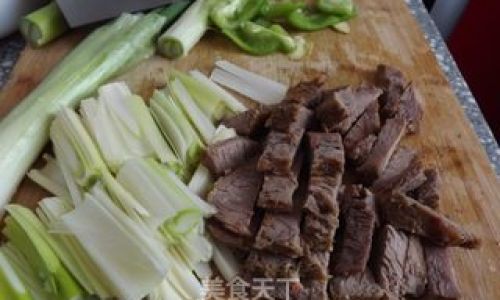
Reduce the heat to low, cover the pot with a lid, and let the meat braise slowly. The cooking time can vary depending on the thickness of the meat and your preferred texture, but it typically ranges from 1.5 to 2.5 hours. During this time, the meat will gradually absorb the flavors of the braising liquid, becoming tender and flavorful.
Occasionally check the pot, stirring gently to prevent sticking and adding a bit more liquid if necessary to keep the meat submerged. Avoid opening the lid too frequently, as this can release steam and slow down the cooking process.
4 Finishing Touches
Once the meat is tender and the sauce has thickened to your liking, taste and adjust the seasoning if necessary. You may want to add a pinch of salt or a bit more sugar to balance the flavors.
If you prefer a glossy finish, you can create a slurry by mixing a small amount of cornstarch with water and adding it to the pot, stirring gently until the sauce thickens slightly.
Remove the pot from heat and let it sit covered for about 10-15 minutes. This resting period allows the meat to reabsorb some of the sauce, making it even more flavorful and tender.
Section 4: Serving and Enjoying
Serving braised pork strips is as much about presentation as it is about taste. Transfer the meat strips to a serving dish, spooning over some of the braising sauce for added flavor. Garnish with the green parts of the scallions for a pop of color and a fresh touch.
Braised pork strips can be enjoyed on their own, paired with steamed rice for a complete meal, or used as a filling for buns or sandwiches. They also make a wonderful addition to a dim sum feast or as part of a larger banquet.
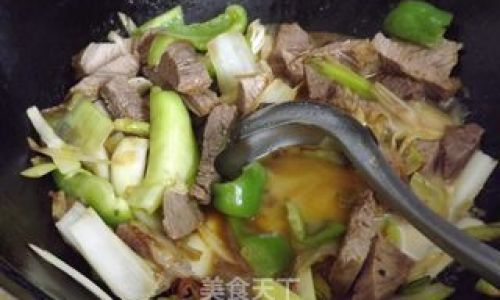
Conclusion
Making braised pork strips is a labor of love that rewards the cook with a dish that is as much a testament to patience and skill as it is to the beauty of slow cooking. By following the steps outlined in this guide, from selecting the right meat to perfecting the braising liquid and achieving that signature tender texture, you can create a dish that is sure to impress even the most discerning palate.
Remember, the key to success in braising lies in the balance of flavors, the gentle cooking process, and the quality of the ingredients. With practice, you’ll develop your own unique twist on this classic dish, making it a cherished part of your culinary repertoire.
So, the next time you’re in the mood for a hearty, comforting meal that brings together the essence of slow-cooked perfection, give braised pork strips a try. It’s a journey worth taking, and the destination is a plate full of deliciousness that promises to warm your heart and nourish your soul.
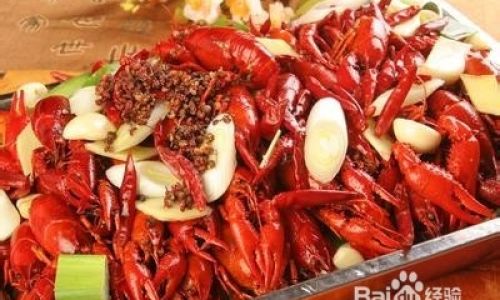

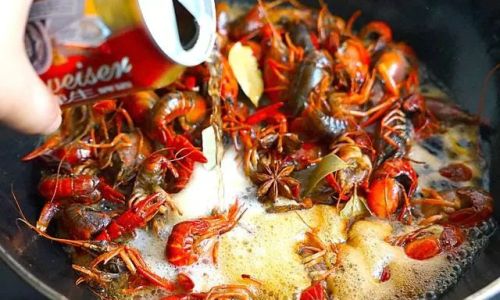
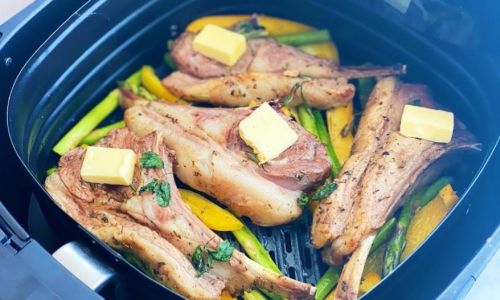

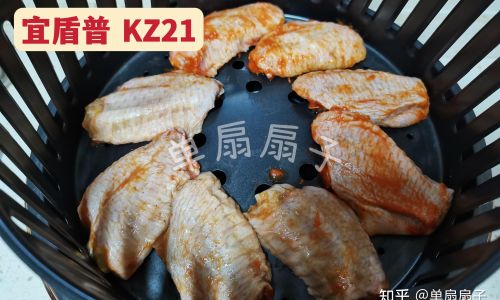
0 comments